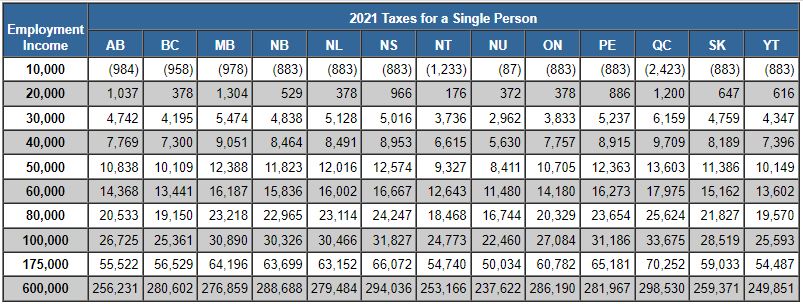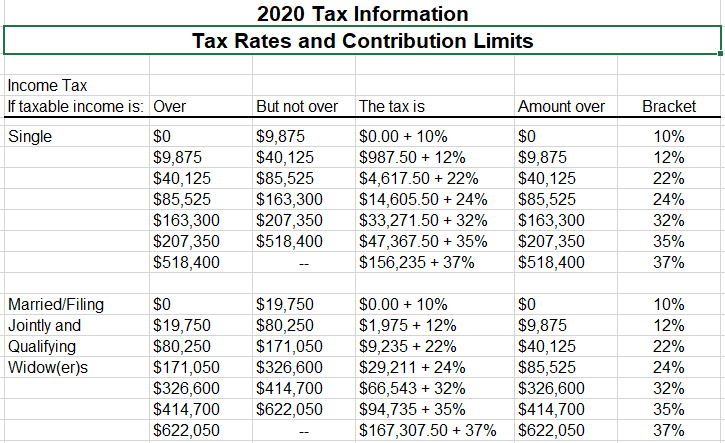

(b) Three states levy mandatory, statewide, local add-on sales taxes: California (1%), Utah (1.25%), Virginia (1%). These rates are weighted by population to compute an average local tax rate. "(a) City, county, and municipal rates vary. The table below displays the state tax rates, average local tax rates, and average combined tax rates for California and its neighboring states. This was the eighth highest combined sales tax in the country in 2015, and was second highest among its neighboring states. The average local tax was about 0.94 percent, meaning that the average combined sales tax was about 8.44 percent. Learn more here.Ĭalifornia's state sales tax was 7.5 percent in 2015. Note: Effective January 1, 2017, California's sale tax rate dropped from 7.50 percent to 7.25 percent. Source: Tax Foundation, "The High Burden of State and Federal Capital Gains Tax Rates," accessed September 29, 2015 Uppermost capital gains tax rates by state, 2015 The table below summarizes uppermost capital gains tax rates for California and neighboring states in 2015. The combined uppermost federal and state tax rates totaled 33 percent, ranking highest in the nation. In California, the uppermost capital gains tax rate was 13.30 percent. While the federal government taxes capital gains at a lower rate than regular personal income, states usually tax capital gains at the same rates as regular income. Capital gains are taxable at both the federal and state levels. Examples of capital assets include stocks, businesses, land parcels, homes, personal items and more. Personal exemptions, 2015Ĭapital gains tax See also: Capital gains taxĪ capital gains tax is a tax levied on the profit gleaned from the sale of a capital asset. These exemptions were equal to about $333 in 2015. California regulations also allow filers to receive exemptions for dependents. Exemptions for those filing as a married couple were equal to $216 in 2015. In California, state personal exemptions for single filers were equal to $108, which was lowest among its neighbors that allowed for personal income tax exemptions. The state exemptions for California and its neighboring states as reported by the Tax Policy Center are reported in the chart below. Both state and federal taxes allow exemptions. Įxemptions work by reducing the amount of an individual's taxable income. The personal exemption indicates that only a person's income above a certain level is subject to taxation. States that collect a personal income tax allow individuals to claim personal exemptions on income taxes each year. Source: Tax Policy Center, "Individual State Income Tax Rates 2000-2015," accessed September 29, 2015

Note: For complete notes and annotations, please see the source below. Because some states are excluded from the rankings and a few share common uppermost rates, there are 34 numerical rankings, with 1 indicating the highest uppermost rate and 34 indicating the lowest. Numerical rankings are tabulated by excluding states with no personal income tax (as well as New Hampshire and Tennessee, which charge income tax only on dividends and interest) and are based on the highest possible tax rate for which an individual might be liable. The table below summarizes personal income tax rates for California and neighboring states in 2015. In California, there are nine income tax brackets. A tax bracket is the income range to which a tax rate applies. An individual's tax liability varies according to his or her tax bracket. The personal income tax rates in California for the 2015 tax year ranged from 1 percent to 12.3 percent. Tax rates Personal income tax See also: Personal income tax The state's tax revenues per capita were $3,558, ranking 11th highest in the United States. In 2014, according to the Federation of Tax Administrators, California collected $138.07 billion in tax revenues.For more current information regarding tax policy, click here. The historical California tax policy information below is presented as it was written on Ballotpedia in 2015. If you would like to help our coverage grow, consider donating to Ballotpedia. This article does not contain the most recently published data on this subject. Effect of the Affordable Care Act in California.Oil and gas extraction on federal land in California.Ballot access requirements for presidential candidates in California.Ballot access requirements for political parties in California.Ballot access requirements for political candidates in California.Campaign finance requirements for California ballot measures.Campaign finance requirements in California.


 0 kommentar(er)
0 kommentar(er)
